Drying cannabis is one of the most important stages in the cultivation process, and yet it is often underestimated by new growers. While planting, feeding, and harvesting are essential steps, what happens immediately after cutting down the plant will determine whether the end product is smooth, aromatic, and potent — or harsh, bland, and potentially unsafe. Drying is the phase where excess water is gradually removed from the harvested plant material, allowing cannabinoids and terpenes to stabilise. This process must be carefully controlled to avoid mold formation while also preventing the loss of valuable aromatic compounds. When performed correctly, drying enhances flavour, preserves potency, and prepares the cannabis for long-term storage or curing. The key is finding the perfect balance between moisture removal and preservation of the plant’s natural chemistry.
Why Proper Drying Matters
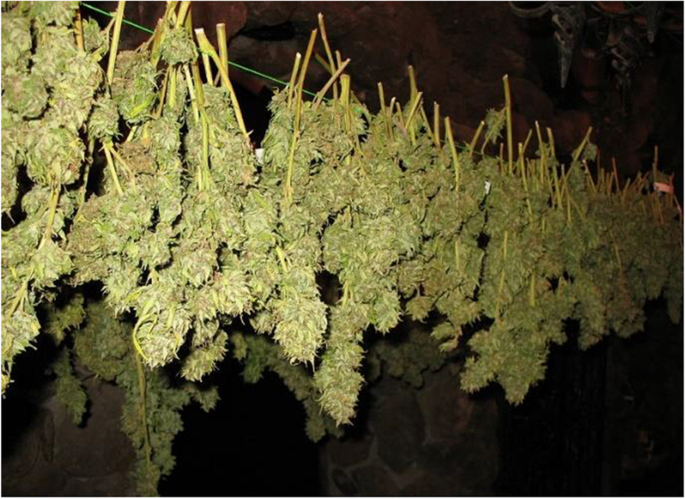
Cannabis flowers are made up of dense plant material rich in trichomes, which contain cannabinoids like THC and CBD, as well as aromatic terpenes. Immediately after harvest, these buds are saturated with moisture that, if left unchecked, creates an ideal environment for mold spores and bacteria. In addition, chlorophyll and other compounds present in fresh plant tissue can cause a harsh, grassy taste if the drying process is rushed or improperly managed. A controlled drying period allows chlorophyll to break down naturally, resulting in a smoother smoke or vapor. The slow removal of moisture also helps the plant retain its terpene profile, meaning the aroma and flavour are more pronounced and enjoyable. Without proper drying, even the most carefully grown cannabis can end up with diminished potency and compromised safety.
Ideal Temperature and Humidity Control
The best drying environment maintains a temperature between 18–21°C (65–70°F) and a relative humidity level of 50–60%. This range slows the evaporation of moisture, reducing the risk of overdrying, which can make buds brittle and cause terpene loss. Lower humidity levels can lead to overly rapid drying, which locks in chlorophyll and results in a harsher final product. On the other hand, humidity above 65% significantly increases the risk of mold growth. To maintain stability, growers often use climate control devices such as dehumidifiers, humidifiers, and air conditioning units. Thermohygrometers are placed inside the drying space to monitor conditions in real time, allowing adjustments before problems occur. A stable environment is the foundation for producing premium-grade dried cannabis.
Airflow, Ventilation, and Light Protection
Even in a perfectly balanced temperature and humidity setting, airflow is essential to prevent stagnant air pockets where moisture can linger and promote mold. Fans should be positioned to circulate air gently and evenly, avoiding direct contact with the flowers, which can cause them to dry unevenly or become overly crispy on one side. A good exhaust system will help remove humid air from the drying space, replacing it with fresh air that supports consistent drying conditions. In addition to air control, light exposure must be minimised. Ultraviolet and bright visible light can degrade cannabinoids and terpenes, so the drying area should be kept dark, with only minimal low-intensity lighting used during inspections. Protecting the buds from light ensures that potency and aroma remain intact.
Drying Methods: Hanging vs. Racks
There are two main drying techniques used by growers: hanging and rack drying. Hanging involves suspending whole plants or large branches upside down in the drying room. This method slows down moisture loss because the buds remain attached to larger stems, which retain water longer. The slower drying process is often preferred for achieving a smoother smoke. Rack drying, on the other hand, involves placing trimmed buds on mesh drying racks in a single layer. This method speeds up the drying process and is suitable for growers who need to save space or process large harvests quickly. Whichever method is chosen, it is important to inspect the buds daily for mold, uneven drying, or other issues.
Knowing When Cannabis Is Ready
One of the most common mistakes in drying cannabis is either ending the process too soon or leaving it for too long. Buds that are too wet can develop mold during curing, while overdried buds lose their aroma and may become harsh to smoke. A simple readiness test is to gently bend a small stem — if it snaps cleanly rather than bending, the moisture level is usually right for curing. For a more accurate measurement, moisture meters can be used, with the target range being 10–15% moisture content. At this stage, the buds should feel slightly crisp on the outside but still retain some internal flexibility. This balance allows for a smooth transition into the curing phase, where flavours and potency can further develop.
Mold Prevention During Storage
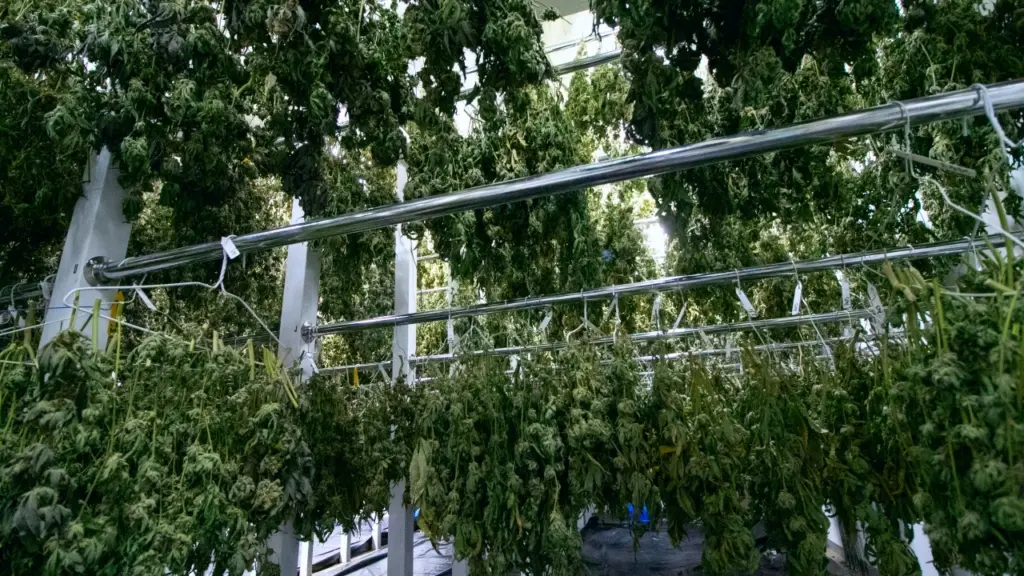
Even after drying, cannabis remains vulnerable to mold if stored incorrectly. To keep the buds safe, they should be placed in airtight containers such as glass jars, with the humidity inside maintained at 55–62% using humidity control packs. These containers should be stored in a cool, dark place, away from direct sunlight or excessive heat. During the first couple of weeks of curing, jars should be opened briefly once or twice a day — a process known as “burping” — to release any excess moisture and allow fresh air to enter. This step is especially important for preventing mold growth and ensuring that the cannabis maintains its flavour and aroma over the long term. Regular inspections during storage will help catch any early signs of contamination, allowing issues to be addressed before they affect the entire batch.
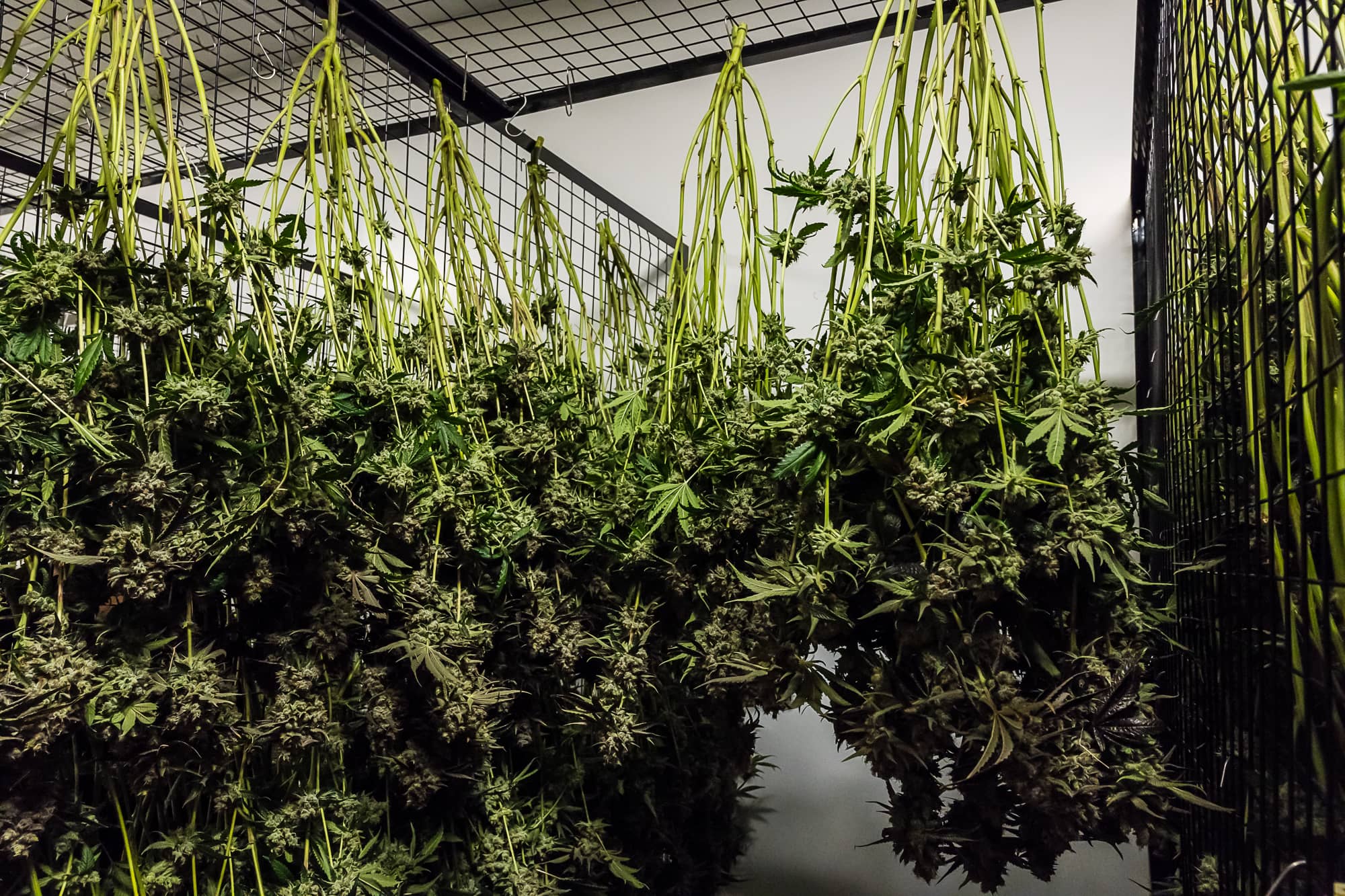
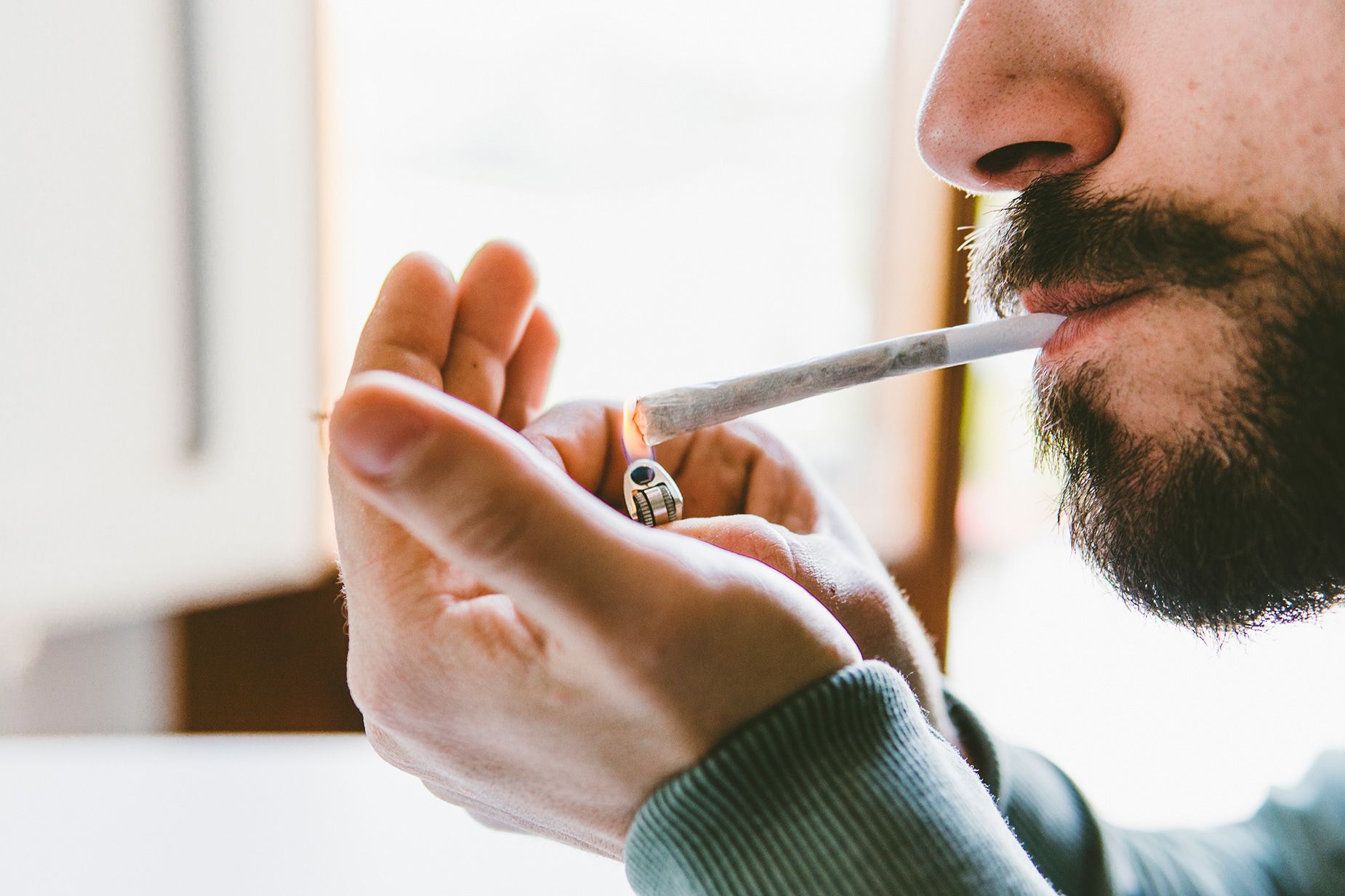



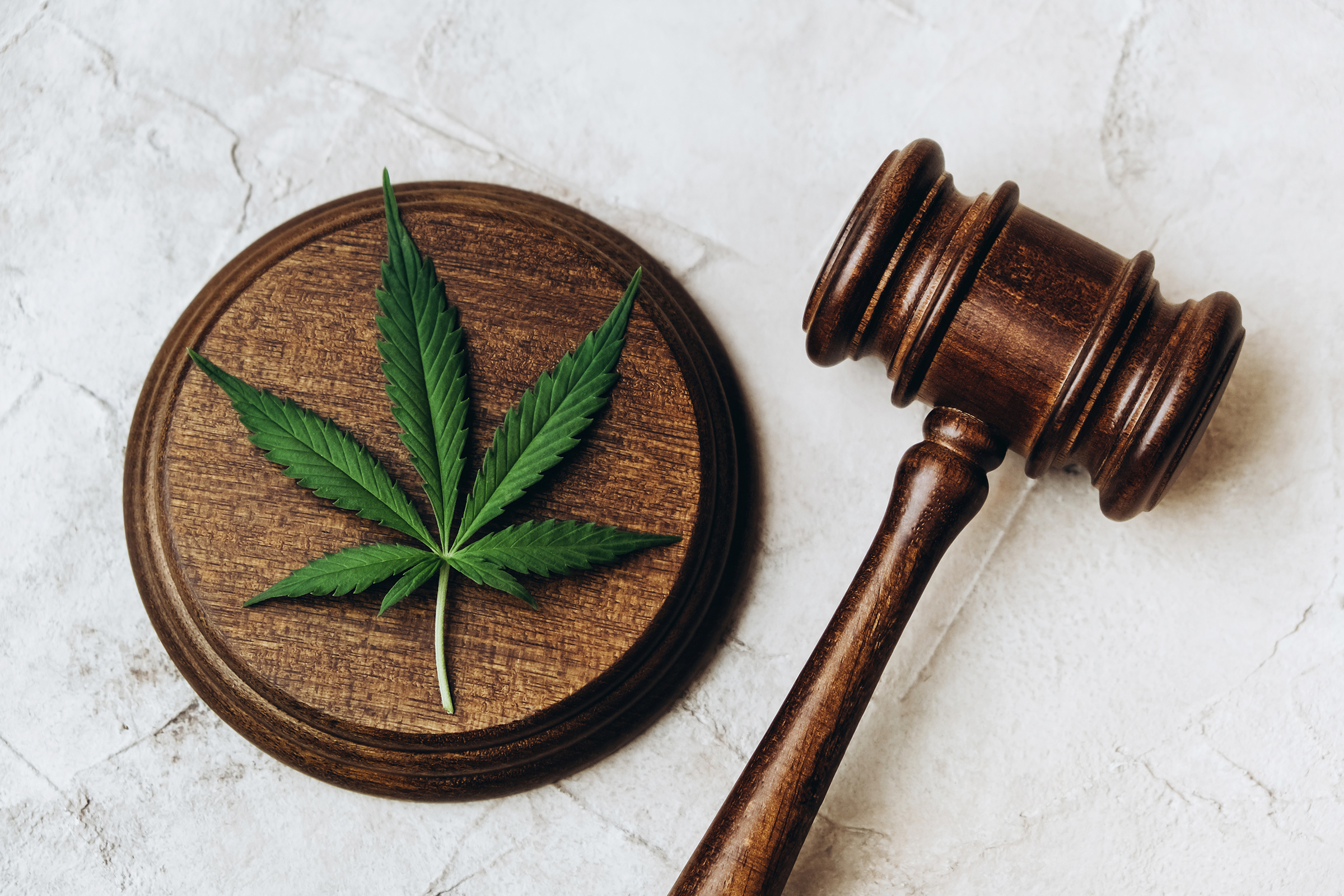
Leave a Reply